Filter by

Civil Society and the State in Democratic East Asia; Between Entanglement and…
This volume focuses on the new and diversifying interactions between civil society and the state in contemporary East Asia by including cases of entanglement and contention in the three fully consolidated democracies in the area: Japan, South Korea and Taiwan.
- Edition
- -
- ISBN/ISSN
- 9789048551613
- Collation
- -
- Series Title
- -
- Call Number
- 338.9 CHI c
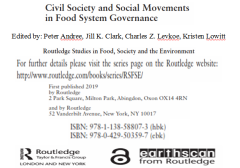
Civil Society and Social Movements in Food System Governance
This book offers insights into the governance of contemporary food systems and their ongoing transformation by social movements.
- Edition
- -
- ISBN/ISSN
- 9781138588073
- Collation
- -
- Series Title
- -
- Call Number
- 363.8 AND c
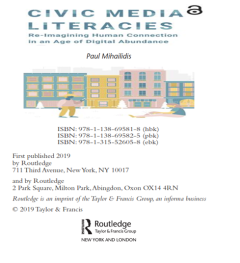
Civic Media Literacies; Re-Imagining Human Connection in an Age of Digital Ab…
Civic life today is mediated. Communities small and large are now using connective platforms to share information, engage in local issues, facilitate vibrant debate, and advocate for social causes.
- Edition
- -
- ISBN/ISSN
- 9781138695825
- Collation
- -
- Series Title
- -
- Call Number
- 025.042 MIH c
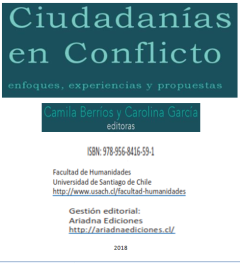
Ciudadanías en conflicto; Enfoques, experiencias y propuestas
Las transformaciones políticas, económicas, sociales y culturales de las últimas décadas, han posicionado a la ciudadanía como tema de interés público, generando un amplio debate en torno a su conceptualización y a las características del modelo educativo que se requiere para la formación ciudadana.
- Edition
- -
- ISBN/ISSN
- 9789568416591
- Collation
- -
- Series Title
- -
- Call Number
- 300.1 BER c
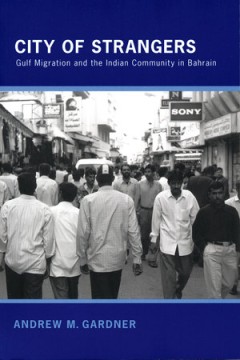
City of Strangers; Gulf Migration and the Indian Community in Bahrain
Exploring the everyday experiences of workers from India who have migrated to Bahrain, this study contributes significantly to our understanding of politics and society among the Persian Gulf states and of the migrant labor phenomenon that is an increasingly important aspect of globalization
- Edition
- -
- ISBN/ISSN
- 9780801476020
- Collation
- -
- Series Title
- -
- Call Number
- 301 GAR c
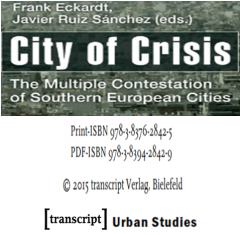
City of Crisis; The Multiple Contestation of Southern European Cities
The ongoing crisis in Europe has dramatic impact on the life in many Southern European cities: Unemployment, social deprivation, poverty, political instability, severe cuts in the welfare state budgets and a wide spread feeling of despair have eroded much of the social foundation of the cities
- Edition
- -
- ISBN/ISSN
- 9783837628425
- Collation
- -
- Series Title
- -
- Call Number
- 307.76 ECK c
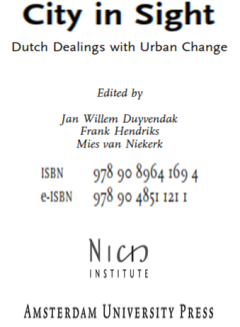
City in Sight
Huge social transformations and turbulent political events - 9/11 and the political murders of Pim Fortuyn and Theo van Gogh - have put urban issues high on the political agenda of the Netherlands
- Edition
- -
- ISBN/ISSN
- 9789089641694
- Collation
- -
- Series Title
- -
- Call Number
- 300 NIE c
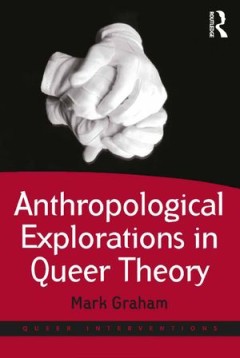
Anthropological Explorations in Queer Theory
Anthropological Explorations in Queer Theory offers a wide ranging fusion of queer theory with anthropological theory, shifting away from the discussion of gender categories and identities that have often constituted a central concern of queer theory and instead exploring the queer elements of contexts in which they are not normally apparent. Engaging with a number of apparently 'non-sexual' to…
- Edition
- -
- ISBN/ISSN
- 1317180488
- Collation
- -
- Series Title
- -
- Call Number
- -
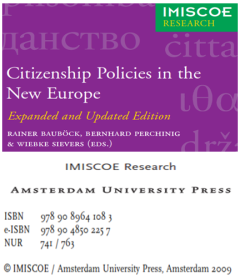
Citizenship Policies in the New Europe: Expanded and Updated Edition
The two most recent EU enlargements in May 2004 and in January 2007 have greatly increased the diversity of historic experiences and contemporary conceptions of statehood, nation-building and citizenship within the Union.
- Edition
- -
- ISBN/ISSN
- 9789089641083
- Collation
- -
- Series Title
- -
- Call Number
- 300 SIE c
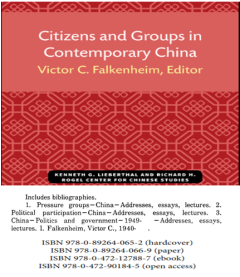
Citizens and Groups in Contemporary China
Citizens and Groups in Contemporary China began with two symposia held in 1977 and 1978.
- Edition
- -
- ISBN/ISSN
- 9780472901845
- Collation
- -
- Series Title
- -
- Call Number
- 305.8951 FAL c
 Computer Science, Information & General Works
Computer Science, Information & General Works  Philosophy & Psychology
Philosophy & Psychology  Religion
Religion  Social Sciences
Social Sciences  Language
Language  Pure Science
Pure Science  Applied Sciences
Applied Sciences  Art & Recreation
Art & Recreation  Literature
Literature  History & Geography
History & Geography